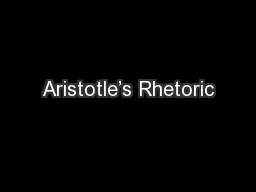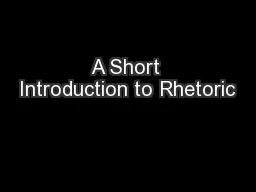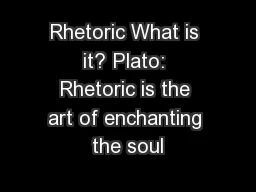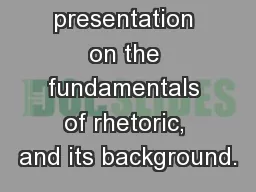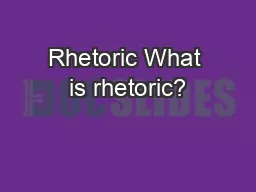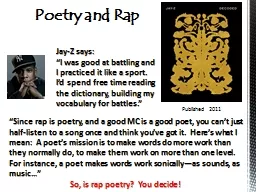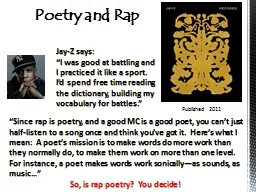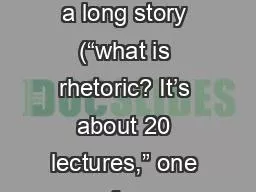PPT-Author: Jay Heinrichs What is rhetoric?
Author : mjnt | Published Date : 2020-06-22
Using language choices effectively to fit a given situation Describe a recent argument you had Did you achieve your goal If so how Argument vs Fight You succeed
Presentation Embed Code
Download Presentation
Download Presentation The PPT/PDF document "Author: Jay Heinrichs What is rhetoric?" is the property of its rightful owner. Permission is granted to download and print the materials on this website for personal, non-commercial use only, and to display it on your personal computer provided you do not modify the materials and that you retain all copyright notices contained in the materials. By downloading content from our website, you accept the terms of this agreement.
Author: Jay Heinrichs What is rhetoric?: Transcript
Download Rules Of Document
"Author: Jay Heinrichs What is rhetoric?"The content belongs to its owner. You may download and print it for personal use, without modification, and keep all copyright notices. By downloading, you agree to these terms.
Related Documents


